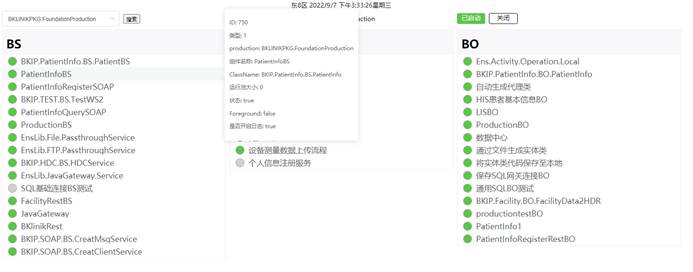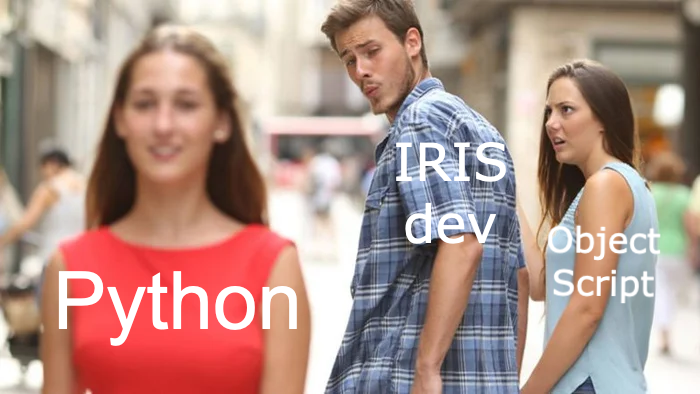InterSystems FAQ rubric
Since SELECT ... FOR UPDATE is implemented in many RDBMS as a method of explicit row lock acquisition, I think there are many cases where this function is used.
This syntax is not an error for InterSystems products, but it does not acquire row locks as expected.
This article will show you how to achieve equivalent functionality.





